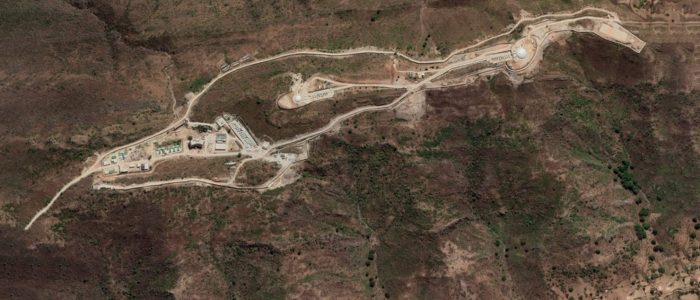As part of India’s attempts to build an operational Ballistic Missile Defence network, the Defence Research and Development Organisation has created a limited but multi-layered Ballistic Missile Defence system for the Indian Air Force that identifies, tracks and intercepts both exoatmospheric and endoatmospheric threats. The system utilises a set of radars and data from various early warning assets and uses that data to locate, track and intercept incoming targets. A general overview of the system is shown below via a Defence Research and Development Organisation info-graphic reconstructed for better visuals.

Figure 1 – A graphic of the Indian Ballistic Missile Defence Network – Source DRDO (Figure reconstructed by the Author)
COMPOSITION
The Ballistic Missile Defence network consists of a Mission Control Centre, a set of radars and a Launch Control Centre that are all connected via Satellite Communication or radio communication terminals. The central Ballistic Missile Defence control module is the Mission Control Centre. It is built on Israeli technology acquired from Israeli Aerospace Industries and Tadiran Communications (now a part of Elbit), with the latter being a company that had also made the Command, Control, Communications and Intelligence (C3I) modules for the Israeli Arrow system. The C3I Mission Control Centre manages the Ballistic Missile Defence interceptions.
The Ballistic Missile Defence network uses the Long-Range Tracking Radar, which has a range greater than 500 kilometres, to identify and track threats at extreme ranges. Then, it transfers data to the Mission Control Centre, which relays data to another larger central Mission Control Centre, which takes over and identifies targets within the interception range and relays data to the Launch Control Centre. The Launch Control Centre then relays launch commands to various Transport Erector Launchers, and the Transport Erector Launchers then launch missiles, which are then guided with mid-course data via the Multifunction Fire Control Radar, which has a range of 370 kilometres.
Additionally, via data link, the Mission Control Centre systems can obtain early warning targeting data from other radars such as the Indian Air Force – National Technical Research Organisation’s Terra systems or IAF Airborne Early Warning and Control System. All Mission Control Centres and Launch Control Centre sites are fitted with Satellite Communication and radio to ensure non-hindered communication in all cases.
The IAF is fielding the Ballistic Missile Defence radar and Mission Control Centre/Launch Control Centre infrastructure setup in two distinct phases.
Phase 1
The first phase, which is complete, envisages a radar shield of both detection and targeting guidance radars over the National Capital Region, which constitutes Delhi and some districts surrounding it from the states of Haryana, Uttar Pradesh, and Rajasthan. The radars were deployed as part of the first phase in 2019 and are fully operational now. The Indian government has also cleared the deployment of interceptor systems for operational deployment under phase 1. However, the status of these is unclear as of yet.
Phase 2
The second phase envisages the deployment of detection and targeting guidance radars over the Mumbai Region, India’s primary economic hub. Radars for this phase have been built and tested as of 2022. However, their current status remains unclear as to whether they have been operationally deployed or not.

Figure 2 – Graphic showing how different Indian missile defence systems integrate together – Source: TATA Advanced Systems
RADAR NETWORK OVERVIEW
Indian Air Force – National Technical Research Organisation has four types of radars deployed as part of the early warning shield and Ballistic Missile Defence network. These are the EL/M 2080, also known as Green Pine; the EL/M 2090 Terra Radar System – a very long-range system; the EL/M 2090S Spectra radar system – a long early warning system; and lastly, a Thales Master-A fire control radar.
- ELM-2080 Green Pine Radar — (Long-Range Tracking Radar)
The ELM-2080 Green Pine radar was developed by Israeli Aerospace Industries subsidiary Elta for use primarily with the Israeli Arrow missile defence system. It has a range of around 500 kilometres and was exported to India at the start of the 2000s. Two units were procured from Israel directly, and two others were built in India under licence.
(Israeli Aerospace Industries supplied radars)
Long-Range Tracking Radar-1 (Israeli Aerospace Industries Green pine) – Deployed at Konark, Odisha, to monitor missile tests. (Coordinates — 19°51’14.26″N 85°58’9.35″E)
Long-Range Tracking Radar-2 (Israeli Aerospace Industries Green pine) – Deployed at Bangalore at a Defence Research and Development Organisation facility. (Coordinates — 13°11’41.06″N 78°10’25.56″E)
(Indian License built Copies)
Long-Range Tracking Radar-3 (Indian copy of Green Pine) – Deployed at Delhi as part of BMD. (Coordinates — 28° 5’49.42″N 76°55’34.51″E)
Long-Range Tracking Radar-4 (Indian copy of Green Pine) – Kept in storage at DRDO radar testing facility in Bangalore. (Coordinates — 13°11’56.68″N 78°10’41.78″E)
- ELM-2090 Terra Radar System — (Very Long-Range Tracking Radar)
The ELM-2090 Terra system is also developed by Israeli Aerospace Industries subsidiary Elta as a strategic Early Warning dual-band radar system. It consists of two distinct radar systems, the ELM-2090U Ultra and the ELM-2090S Spectra, which work in unison to detect and classify targets. The ELM-2090U Ultra undertakes search & detection at very long range, while the ELM-2090S undertakes highly accurate tracking at long range. The ranges of both radars are unknown and not published by either its producer or users. According to Israeli Aerospace Industries, the system can undertake early warning with high-precision tracking of ballistic missiles, including accurate impact and launch point estimation, and has interoperability with legacy air defence systems.
ELM-2090 Terra (Very Long-Range Tracking Radar-1)
ELM-2090U Ultra – Deployed at Bhopal for early warning.
ELM-2090S Spectra – Deployed at Bhopal for early warning.
(Coordinates for the combined site — 23°24’46.89″N 77°29’23.20″E)
ELM-2090 Terra (Very Long-Range Tracking Radar-2)
ELM-2090U Ultra – Deployed at Udaipur for early warning.
ELM-2090S Spectra – Deployed at Udaipur for early warning.
(Coordinates for the combined site — 24°34’49.82″N 73°33’18.38″E)
- ELM-2090S Spectra Radar System — (Long Range Early Warning Radar) x 1
The ELM-2090 Terra system is another system developed by Israeli Aerospace Industries subsidiary Elta. It is a highly accurate search and track radar designed to autonomously detect and simultaneously track Ballistic Missiles, Air Breathing Targets and satellites at very long ranges.
EL/M 2090S Spectra – Deployed at the Defence Research and Development Organisation radar testing facility in Bangalore. (Coordinates — 13°11’56.68″N 78°10’41.78″E)
- Thales Raytheon MASTER-A (Multifunction Fire Control Radar)
The Thales Raytheon Master-A is a Multifunction Fire Control Radar that was developed as part of the Indian Ballistic Missile Defence program in cooperation with Thales of France. It has a range of around 350 kilometres and takes over from the tracking radar as soon as a tracked object enters its detection range.
Thales Master-A (Multifunction Fire Control Radar-1) – Deployed at Delhi as part of Ballistic Missile Defence. (Coordinates — 28°33’55.62″N 76°51’52.95″E)
Thales Master-A (Multifunction Fire Control Radar-2) – Deployed at the Defence Research and Development Organisation radar testing facility in Bangalore. (Coordinates — 13° 7’21.48″N 77°33’45.41″E)
IAF BMD PHASE-I*
(* Does not include any information on the type of BMD TELs or interceptors used.)
As mentioned previously, the aim of the first phase of the Indian Ballistic Missile Defence system is to provide protection to the National Capital Region, consisting of Delhi and districts from the adjoining provinces. Under this Ballistic Missile Defence system phase, the Indian Air Force has deployed multiple kinds of radars, Mission Control Centres and Launch Control Centres.
The third Long Range Tracking Radar is, to this extent, deployed just around 65 kilometers outside of the Indian capital. Mission Control Centers have been deployed to this site; one was deployed to this site in 2020-21, most probably for testing after the radar was installed in 2019.
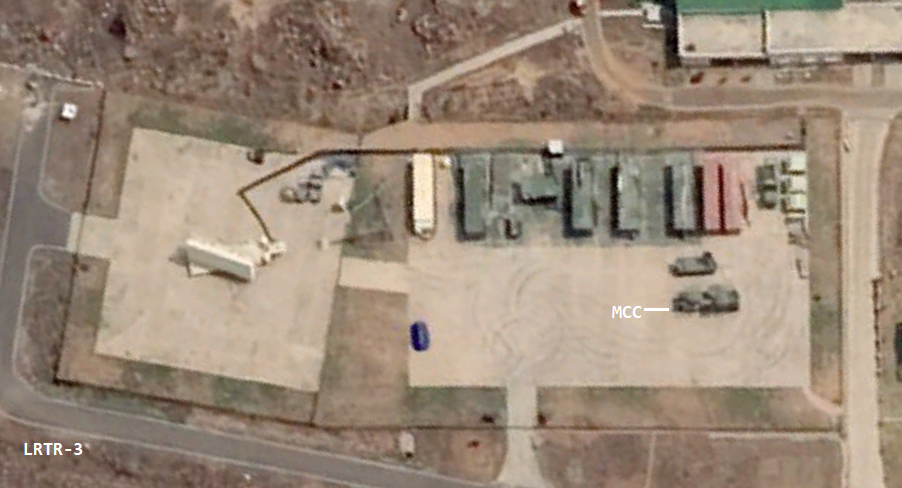
Figure 3 – Third Long Range Tracking Radar site – Source: Google Earth Pro
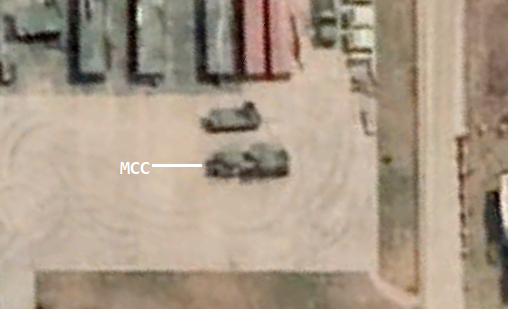
Figure 4 – Close-up of Mission Control Centre at third Long Range Tracking site – Source: Google Earth Pro
Thales Master-A Multifunction Fire Control Radar deployed near Delhi at a previously SA-2 purpose-built Surface-to-Air Missile site.
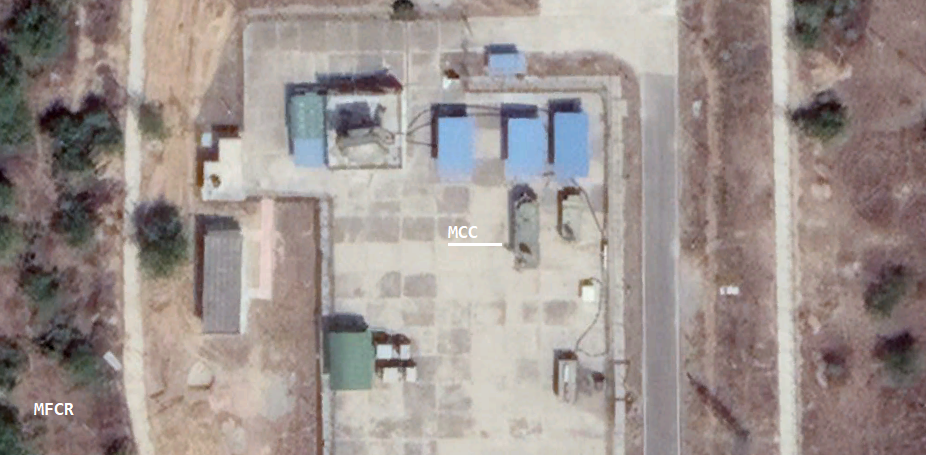
Figure 5 – First Multifunction Fire Control Radar site – Source: Google Earth Pro
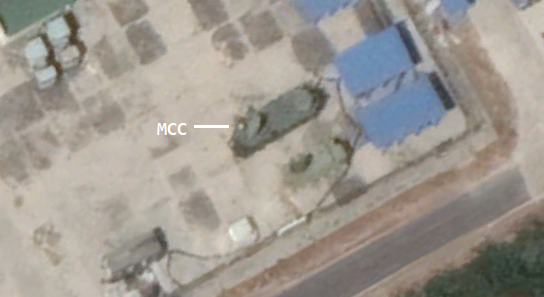
Figure 6 – Mission Control Centre’s Close-up at First Multifunction Fire Control Radar site – Source: Google Earth Pro
Like the Long-Range Tracking Radar site, a Mission Control Centre module was also temporarily deployed to the Multifunction Fire Control Radar site in 2020-21. Indicating multiple systems were deployed at the same time for a possible system testing of all sites.

Figure 7 – Close-up of Satellite Communication terminal at first Multifunction Fire Control Radar site – Source: Google Earth Pro
A Satellite Communication module was also deployed at the Multifunction Fire Control Radar site to provide data link capabilities until 2020 when the Mission Control Centre arrived, the Satellite Communication module was shifted elsewhere.

Figure 8 – Backup Mission Control Centre at Chandigarh – Source: Google Earth Pro
Much further away, a third Mission Control Centre can be seen deployed north of Chandigarh at yet another previously SA-2 SAM site. The reason behind the deployment of this Mission Control Centre here is unknown, but one can believe it serves as a backup node.
A possible Launch Control Centre site with components that match those displayed by various sources as to being related to the Ballistic Missile Defence system can be found at an old Indian Air Force airfield deep inside the heart of Delhi. The site also appears to have several similar-looking Launch Control Centres containers present, indicating it might be a temporary setup until a more hardened one is ready. Multiple Launch Control Centres modules that relay firing data from the Mission Control Centre can also be found at an Indian Air Force site near Delhi. (See Ballistic Missile Defence support and training site section below)

Figure 9 – Possible Launch Control Centre site in Delhi – Source: Google Earth Pro

Figure 10 – Close-up of multiple Launch Control Centre modules at the Delhi site – Source: Google Earth Pro

Figure 11 – Close-up of Satellite Communication systems at the same site – Source: Google Earth Pro
Two pairs of dual-band Satellite Communication setups similar to the ones found attached to a Mission Control Centre can be seen on static mounts next to the Launch Control Centre site to provide the Launch Control Centres with high-speed data relay connection to the Mission Control Centre.
Potential Launch Sites under Phase 1:
1. Static Launch Site
A network of five similar-looking compounds was found around Delhi. During the construction of these compounds, large sheds were temporarily built over the construction area to hide construction activities, a doctrine very much similar to the People’s Liberation Army, which built temporary inflatable shelters over silo construction sites. The high-walled compounds have a single entrance. Additionally, a moveable roof structure in the middle of the compound is set to house possible silos or Vertical Launch System.
The first compound is present next to the Launch Control Centres site. Construction of the compound in four different stages can be viewed below:


Figure 12 & 13 – A time-lapse of the construction of a launch silo as a part of the ballistic missile defence system – Source: Google Earth Pro
While Indian Air Force has well-hidden the construction to ensure less visibility, in a single imagery layer, it is possible to see the moveable roof in open condition, having slid over the silo revealing to us a narrow empty vertical empty area, likely meant to house Vertical Launch System or a silo in future.

Figure 14 – Close-up of the silo above, with the cover removed – Source: Google Earth Pro
Following the same pattern as the above site, four more identical sites following the same pattern as the first site can also be found at an Indian Air Force former SA-2 site that now houses a major Indian Air Force bunker disguised under a golf course. These four sites were constructed several years after the first one, indicating the first site could have been a prototype site while the latter 4 were production ones. The four sites are spread identically around the four corners of the large former SA-2 site.
The five main sites are located at:
The training site is located at:
2. Possible Mobile Transport Erector Launchers Launch Site

Figure 15 – Infrastructure developed at Udaipur where one Very Long-Range Tracking Radar is deployed, including what seem to be garages for Transport Erector Launchers which can launch interceptor missiles – Source: Google Earth Pro
The Udaipur Very Long-Range Tracking Radar appears to have gotten a significant infrastructure update. Albeit similar to infrastructure at the Bhopal Very Long-Range Tracking Radar site, Udaipur seems to have significantly more infrastructure present, indicating possible basing of Transport Erector Launchers at the site in future.

Figure 16 – Close-up of Indian Air Force housing at Udaipur – Source: Google Earth Pro
3. Ballistic Missile Defence Support and Training Site

Figure 17 – Ballistic Missile Defence network training and support site in Gharaunda – Source: Google Earth Pro
The support and training site is located inside the town of Gharaunda, approximately 100 kilometres from the National Capital Region, being built to support the Indian Air Force’s Ballistic Missile Defence network. Its construction was completed around 2021 for the entire site.

Figure 18 – Close-up of offices and vehicle parking at the training site in Gharaunda – Source: Google Earth Pro

Figure 19 – Close-up of Satellite communication systems at the training site in Gharaunda – Source: Google Earth Pro
Analysis of the site reveals the presence of several large satellite ground terminals. Moreover, a dual Satellite Communication setup usually used by the Indian Air Force and the Indian Strategic Forces Command is present on site.
Possible Training Silo

Figure 20 – Close-up of a possible training silo in Gharaunda – Source: Google Earth Pro
A single silo with a configuration consistent with the five previously mentioned silo sites is also visible onsite. However, the silo here appears to have a relatively cleared area around it and no high boundary walls, indicating it might be for training. Also, while the construction of this silo was hidden using a large shed (as visible in the image below), an older image of the silo reveals the presence of a cavity beneath the silo door, which indicates that the space is there for the installation of missile launch equipment, which would appear to be the case in future.

Figure 21 – Construction of a Command and Control setup underway sometime in late 2018 – Source: Google Earth Pro
Furthermore, an underground but non-hardened command and control setup is also visible onsite. The construction phase of both the command and control structure and the silo appears to have been hidden, the silo via a large shed and the command and control site via extensive camouflage netting as seen during the construction of Indian Air Force nodes.
However, the command and control structure viewed here does not appear to be an Indian Air Force Integrated Air Command and Control System node as they have a much greater depth and are hardened via layers of earth over them.
The command and control structure appears to have two lifts built into it, one for personnel leading towards the outside of the underground structure; the other connects to a covered pathway that leads to the main above-ground building.

Figure 22 – Completed Command & Control setup and the possible training silo in 2022 – Source: Google Earth Pro
IAF Ballistic Missile Defence PHASE-II*
* (Does not include Launch sites or associated Launch Control Centre sites)
Under Phase II of the Ballistic Missile Defence program, the Indian Air Force is to deploy the same type of systems as under Phase I. However, the protected area has shifted from the National Capital Region to Mumbai. Phase II is currently in progress. However, the following assets under Phase II are known to be in or have been in storage at certain sites.
- Multifunction Fire Control Radar-2
- Long Range Tracking Radar-4
- Mission Control Centre
Various images released by the Defence Research and Development Organisation have indicated the new long-range tracking radar is built, integrated with a trailer (built by a third party), tested and stored at the following facility at Bangalore, which also houses Green Pine and Spectra Radars for testing. It is, therefore, highly possible that the fourth Long Range Tracking Radar is stored here.

Figure 23 – Defence Research and Development Organisation testing and storage facility in Bangalore – Source: Google Earth Pro
The second Thales Master-A Multifunction Fire Control Radar appears to have been deployed at Bangalore temporarily between 2019 and 2021 for testing. In late 2021, it appears to have been shifted to a new unknown location is not yet known, very likely near Mumbai, for Phase 2.

Figure 24 – The second Multifunction Fire Control Radar during its deployment in Bangalore, 2019-2021 – Source: Google Earth Pro
Indian Air Force – National Technical Research Organisation Terra Network Overview*
* (Also includes the third Spectra radar procured for testing.)
The Indian Air Force and the National Technical Research Organisation jointly operate a network of two ELM2090 Terra systems. A single ELM 2090 Terra system contains two radars that work in conjunction: the C Band ELM 2090S Spectra radar and the much larger and modular Ultra-High Frequency Band ELM 2090U Ultra radar. One Terra system is located at Bhopal, and the second at Udaipur (locations for both are mentioned above in the radar overview).
Neither the Indian Air Force nor the National Technical Research Organisation have never officially confirmed the existence of these radars; however, satellite imagery has proved otherwise. Additionally, Israel used to have a single ELM 2090 Terra system deployed, which disappeared, and a year later, the same system popped up in Bhopal. Furthermore, the Defence Research and Development Organisation/Indian Air Force has procured a third lone EL/M 2090S Spectra Radar, which is part of the Terra system, for testing without buying a third Ultra radar.
EL/M 2090U Ultra radars

Figure 25 – First ELM 2090U in Bhopal – Source: Google Earth Pro

Figure 26 – Second ELM 2090U in Udaipur – Source: Google Earth Pro
EL/M 2090U Array close-up

Figure 27 – Close-up of the second ELM 2090U in Udaipur before the installation of the radar dome – Source: Google Earth Pro
The array of the second ELM 2090U Ultra radar can be seen in the above image before the installation of its dome. The radar has a 30-metre long array and is distinguished by the unusually large array that far exceeds the size of Long-Range Tracking Radar and Spectra arrays, with both of the latter radars having much smaller sized arrays.
One of the reasons the Ultra-High Frequency Band Spectra have such a large array is that it is a modular and scalable system whose array size can be increased easily by adding more modular array blocks, which increases the performance specifications significantly.
EL/M 2090S Spectra Radars
Now, taking a look at the three ELM 2090S Spectra radars shown here, it can be noted that the support components of the one and two Spectra radars are precisely the same. In contrast, the third Spectra radar also has the same components and additional power generation components on closer looks.

Figure 28 – First ELM 2090S in Bhopal – Source: Google Earth Pro

Figure 29 – Second ELM 2090S in Udaipur – Source: Google Earth Pro

Figure 30 – Third ELM 2090S in Bangalore – Source: Google Earth Pro
Unlike the mobile trailer-mounted Long-Range Tracking Radar series of radars, the Spectra radars are fixed and can only rotate on both axes to a certain extent. However, they have much larger ranges than the Long-Range Tracking Radar series radars.
A closer look at the support components of the three radars shows that they match, with all details being the same, having been bought from the same provider, that is, Israeli Aerospace Industries.

Figure 31 – Support components of the three ELM 2090S – Source: Google Earth Pro
From the support components above, a question arises as to why the third Spectra radar has additional support assets. The reason for that is that the third Spectra radar has its power generation system placed right next to the radar support components, making the component setup look bulky.
Whereas the two ELM 2090 Terra systems both utilise separate power generation systems located much further away from the support components of the radars. Additionally, both the radars (ELM 2090U & S) of the Terra system utilise a single standardised type power generation system located further away from both.

Figure 32 – Power generation system of the first Terra system – Source: Google Earth Pro

Figure 33 – Power generation system of the second Terra system – Source: Google Earth Pro
Moreover, both the ELM 2090 Terra System (Very Long-Range Tracking Radar) sites have Satellite Communication relay capability, with Very Long-Range Tracking Radar-1 possessing a hardened communications area next to the Satellite Communication setup. The Satellite Communication relays data to one of the multiple Mission Control Centres deployed by the Indian Air Force.
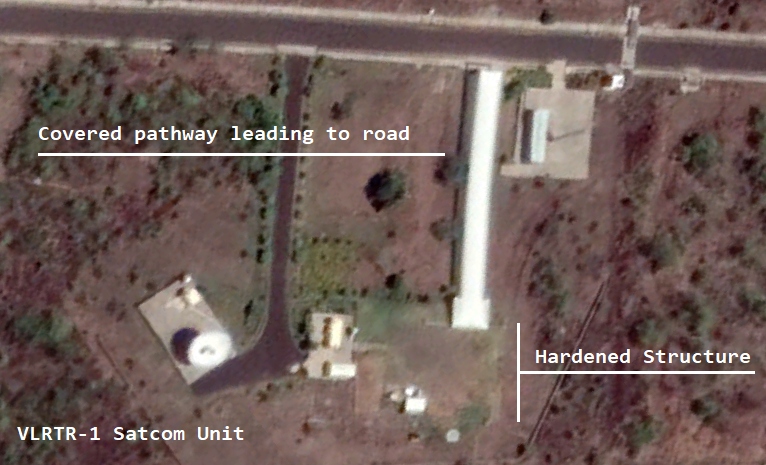
Figure 34 – Satellite Communication system of the first Terra system – Source: Google Earth Pro

Figure 35 – Satellite Communication system of the second Terra system – Source: Google Earth Pro
Pictures of various BMD Components
LRTR-3/4

Figure 36 – A screen grab showing the specifications of the two Indian-built Long Range Tracking Radars – Source: Strategic Front

Figure 37 – Close-up of one of the two trailer-mounted Indian-built Long Range Tracking Radars, mentioned above in Phase-II section – Source: Defence Forum India
Thales Master-A MFCR
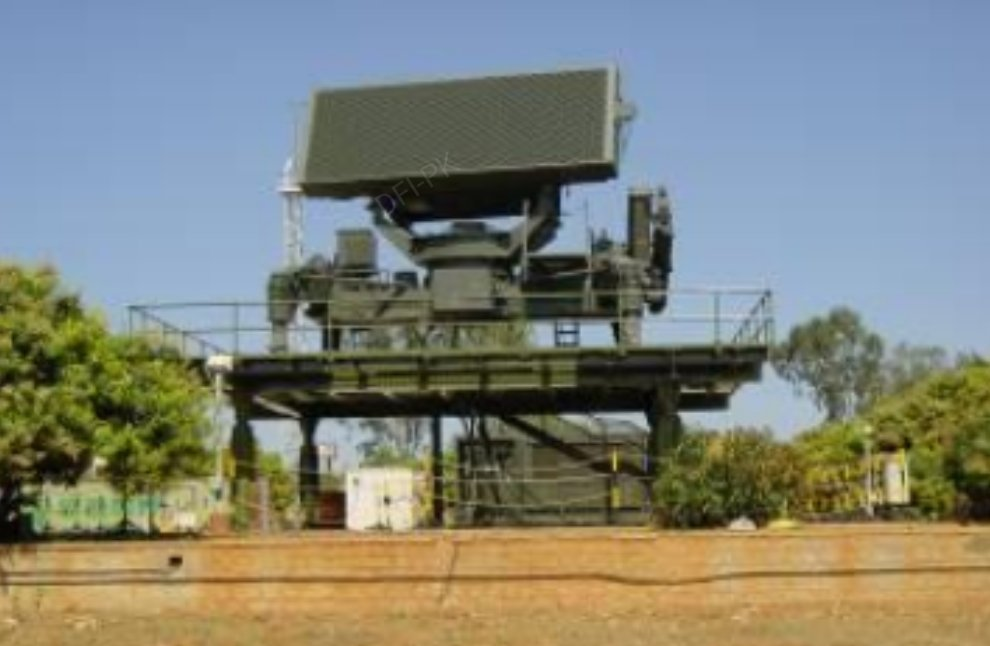
Figure 38 – A Close-up of the Multifunction Fire Control Radar – Source: Defence Forum India

Figure 39 – A screen grab showing the specifications of the Multifunction Fire Control Radar – Source: Strategic Front
Mission Control Centre
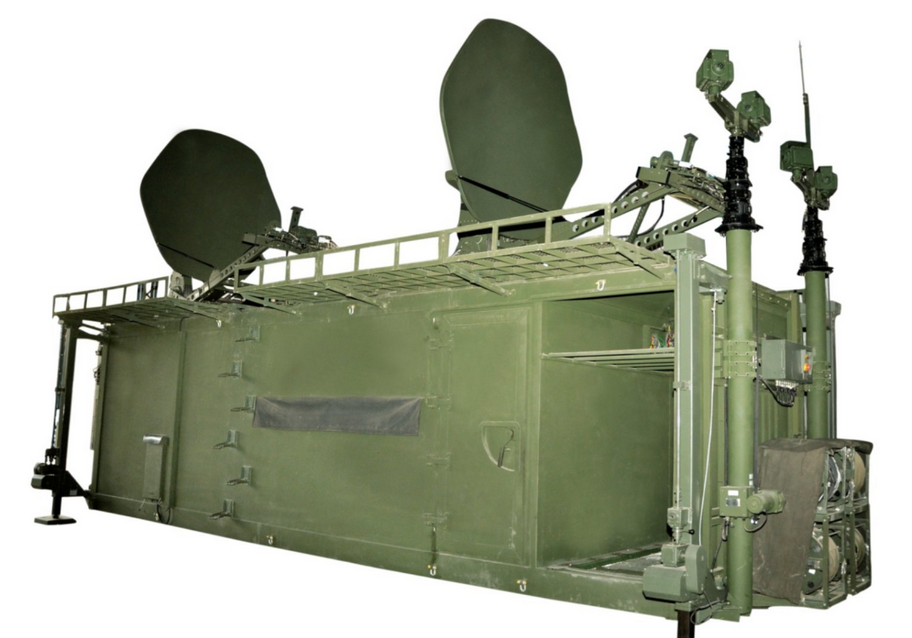
Figure 40 – A Mission Control Centre – Source: Defence Forum India
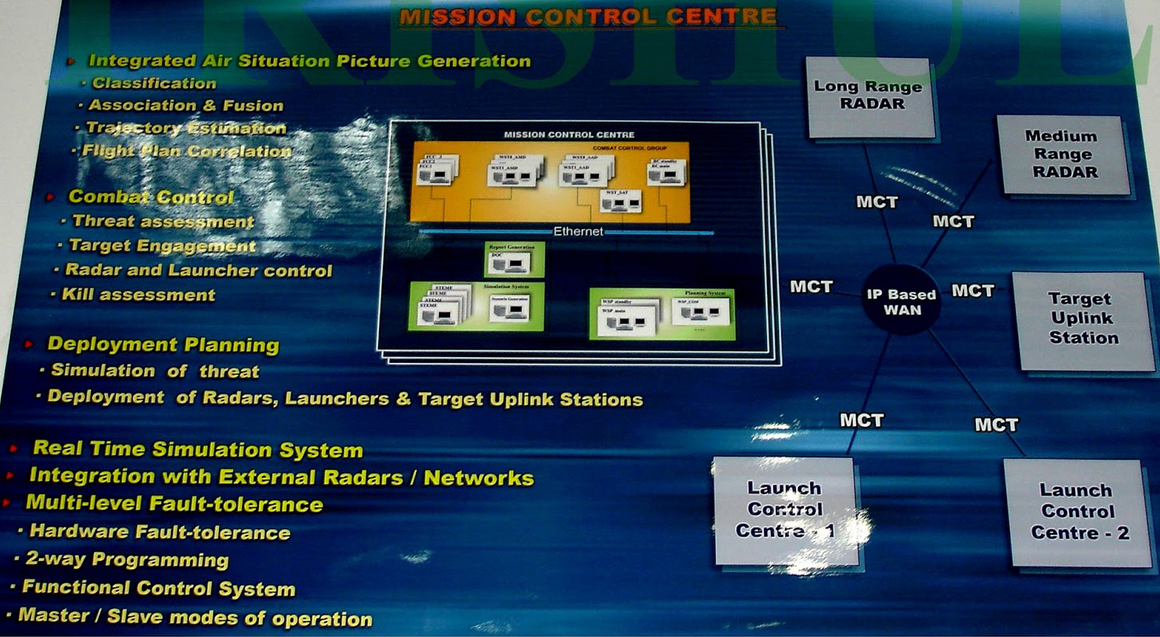
Figure 41 – Features of the Mission Control Centre – Source: Trishul Trident
The Mission Control Centre is a highly mobile command module that is self-stabilised and electromagnetic-pulse-protected. The Mission Control Centre has an inbuilt communication terminal that relays voice, video and data and uses two Satellite Communication dishes to obtain dual band Satellite Communication links and dual Ultra-High Frequency and Very-High Frequency masts for close-range communication. Additionally, optical fibre can be connected as well.
Launch Control Centre
The first image below is of a Launch Control Centres by an Israeli manufacturer of the Launch Control Centres used in the Israeli Ballistic Missile Defence setup, while the second image is of the Launch Control Centres built in India for India Air Force’s Ballistic Missile Defence network.

Figure 42 – A Launch Control Centre – Source: Trishul Trident

Figure 43 – Another view of a Launch Control Centre – Source: Trishul Trident
Conclusion
Around the time of this report’s publication in 2023, the Indian Government awarded a contract for the serial production of Ballistic Missile Defence interceptors under the Phase 1 Program. Also, India deployed the first network of Counter Ballistic Missile radars around Delhi, including Multifunction Fire Control Radars and a Long-Range Tracking Radar. These developments indicate that India is about to fully operationalise its Ballistic Missile Defence shield around New Delhi. Indian forces will likely field a mix of Truck and Silo mounted interceptors to counter Ballistic Missile threats.
It is, however, still unclear when the first mobile launchers or missiles for silos will be delivered. The full operationalisation of the Ballistic Missile Defence Shield surrounding Delhi will further add to the Indian Air Force’s massive and ever-expanding inventory of surface-to-air missiles. The recently inducted Barak 8 and S400 surface-to-air missiles have also granted the Indian air defence system limited capabilities to intercept ballistic missiles. Upon integration into the overall air defence network, it will undoubtedly present a major threat and provide a credible deterrence against ballistic missiles and aircraft. This will prompt India’s neighbours, those hostile to it, to develop new delivery systems that minimise the risk of interception, thus maintaining their deterrence against India.
(* The report has been written in collaboration with PAK-IMINT)
(** All old satellite images are archived and can be viewed on Google Earth Pro)
